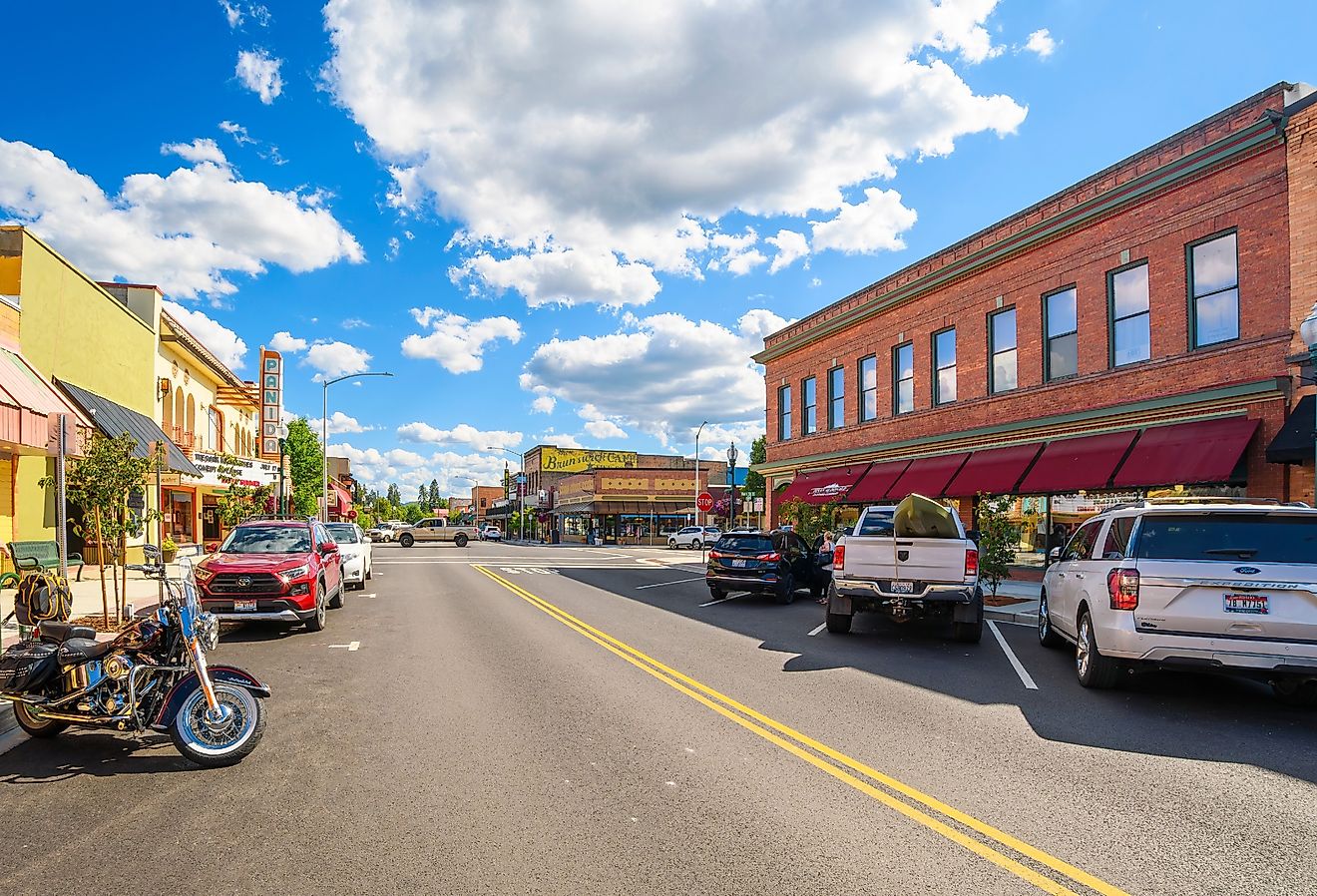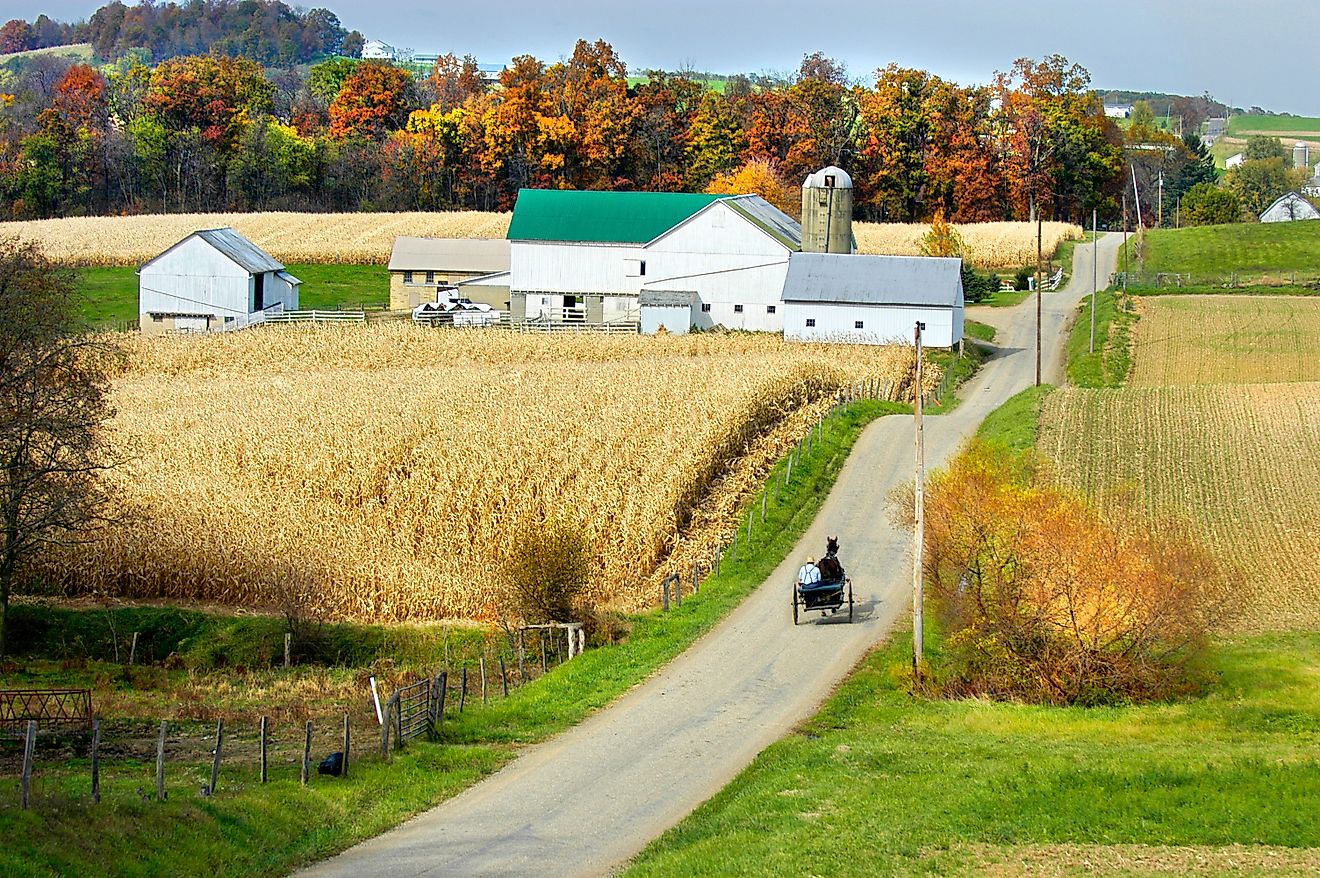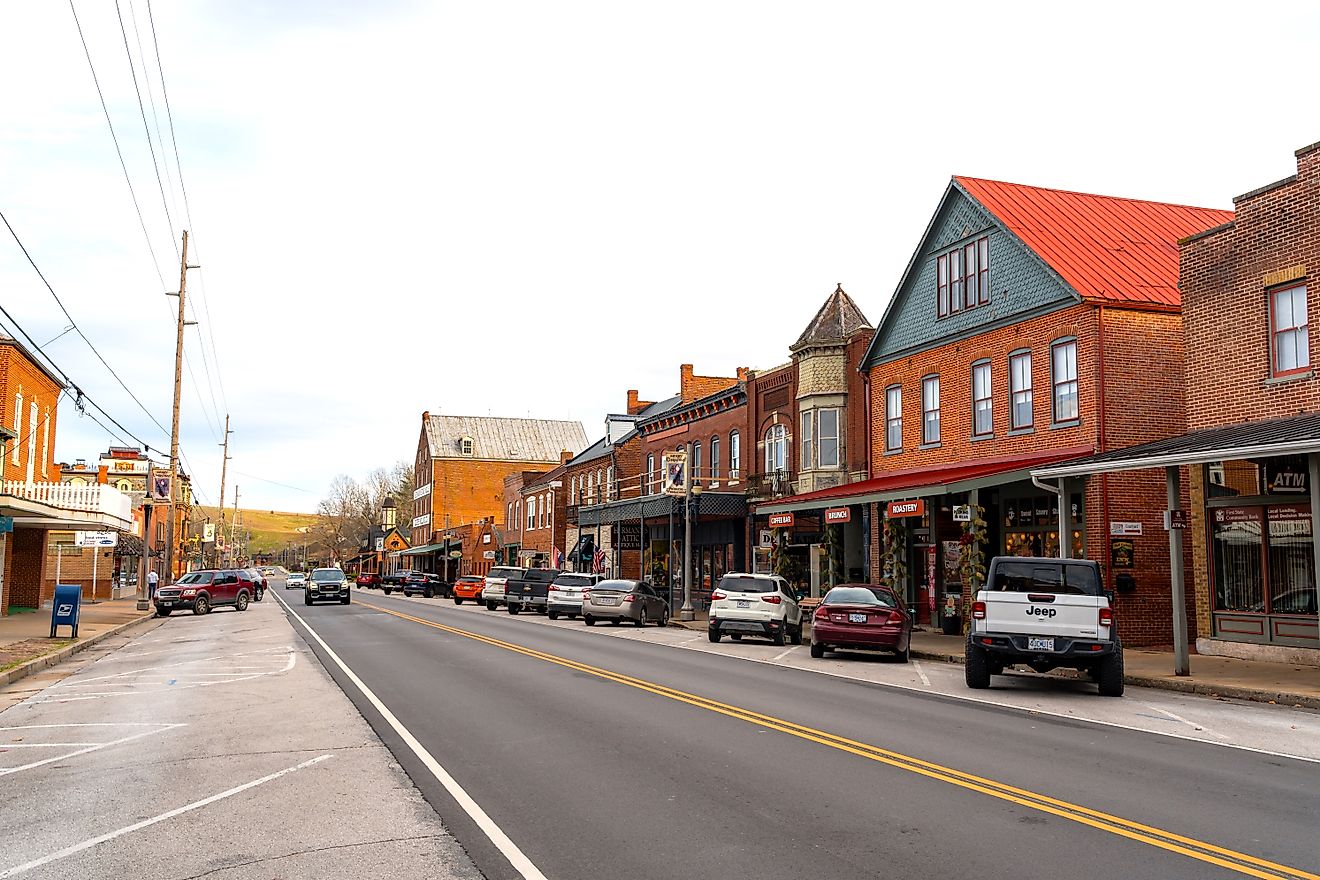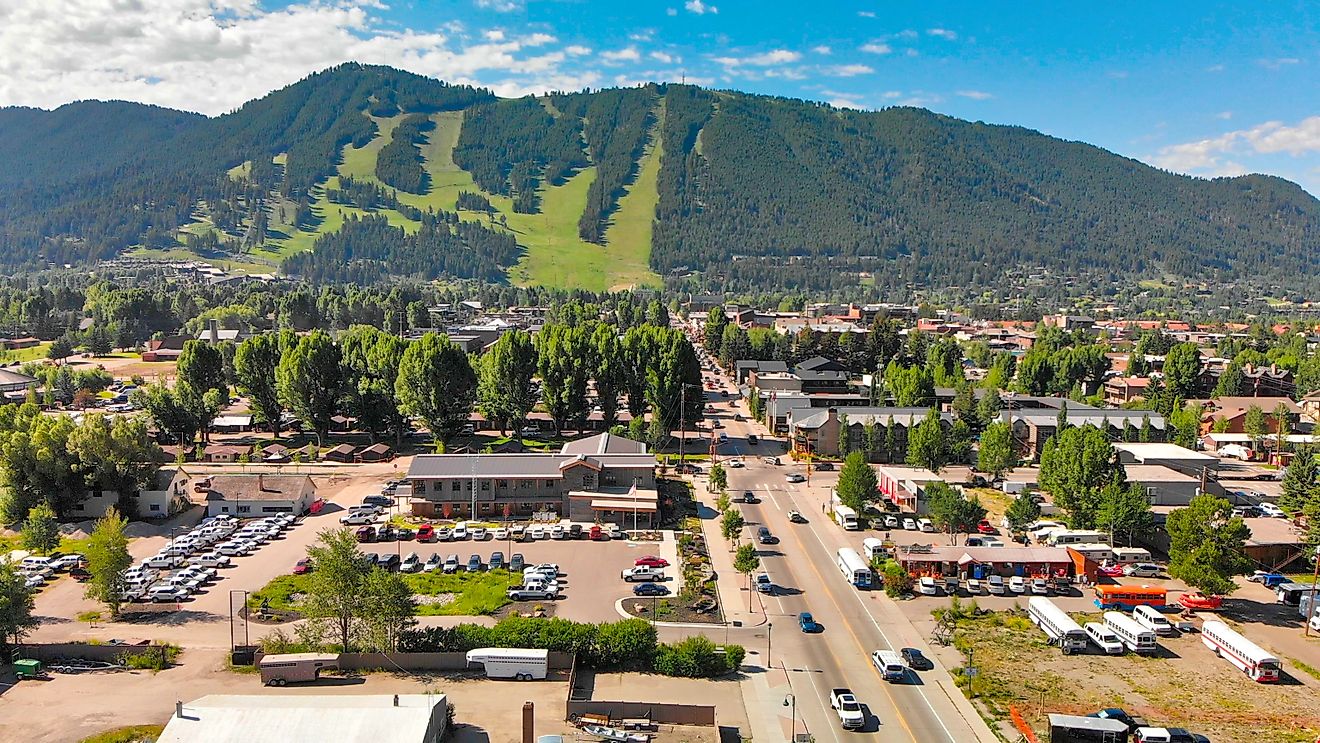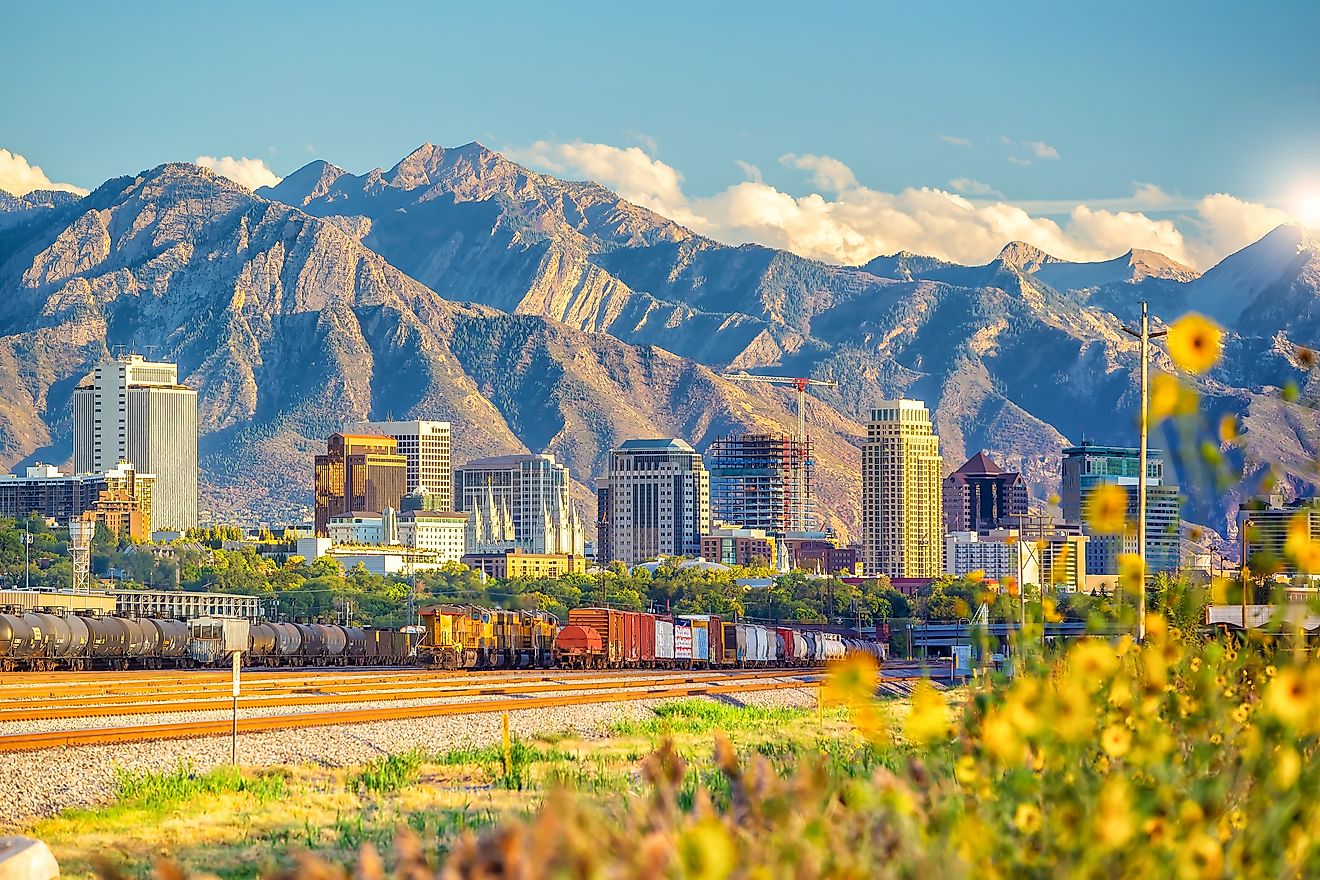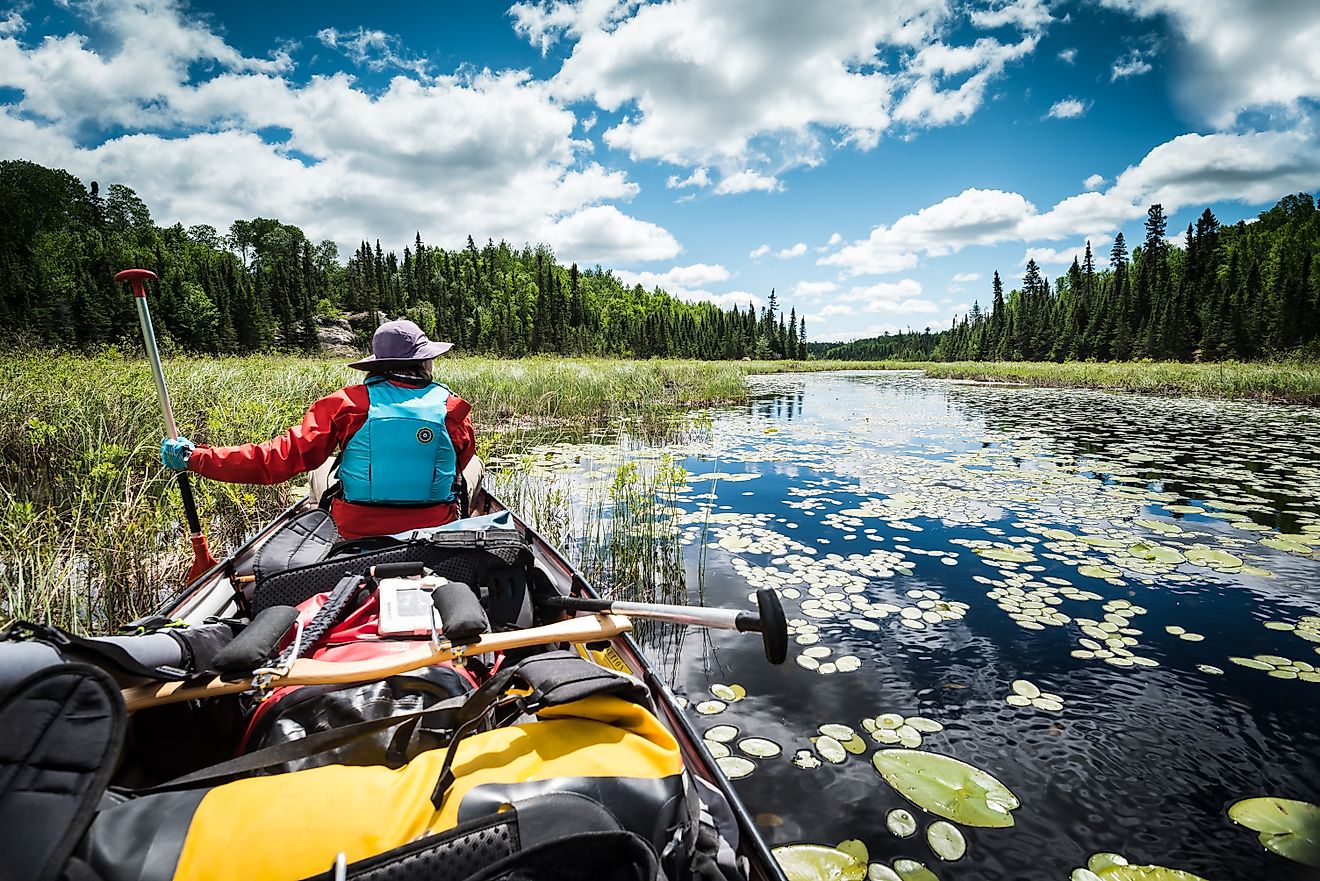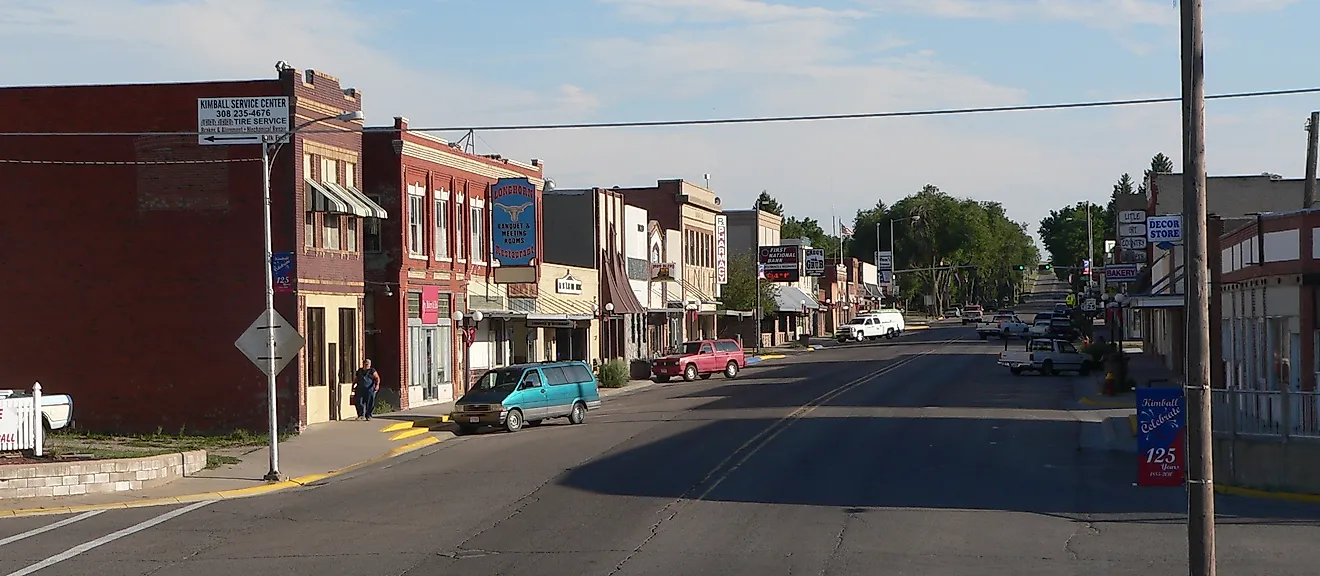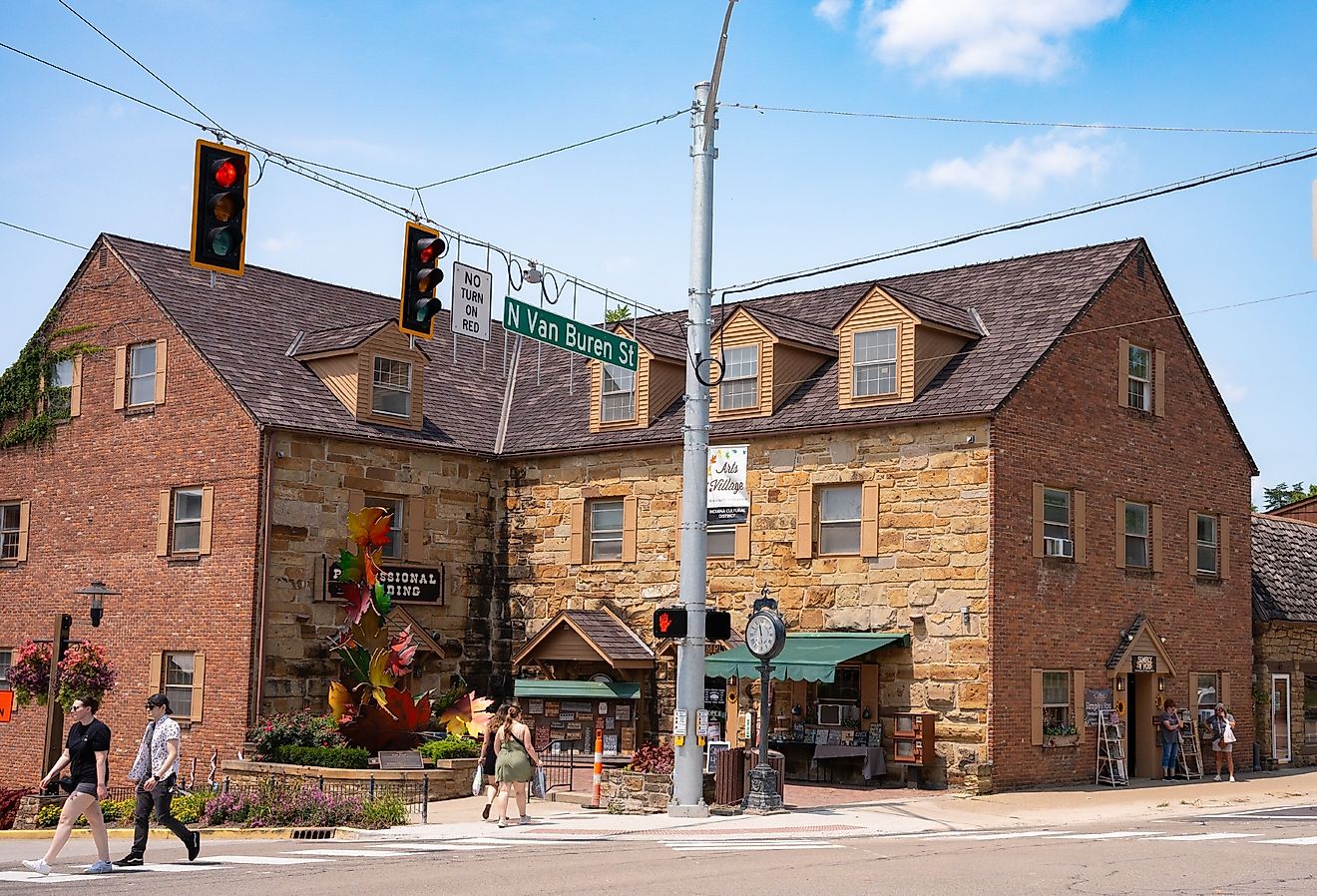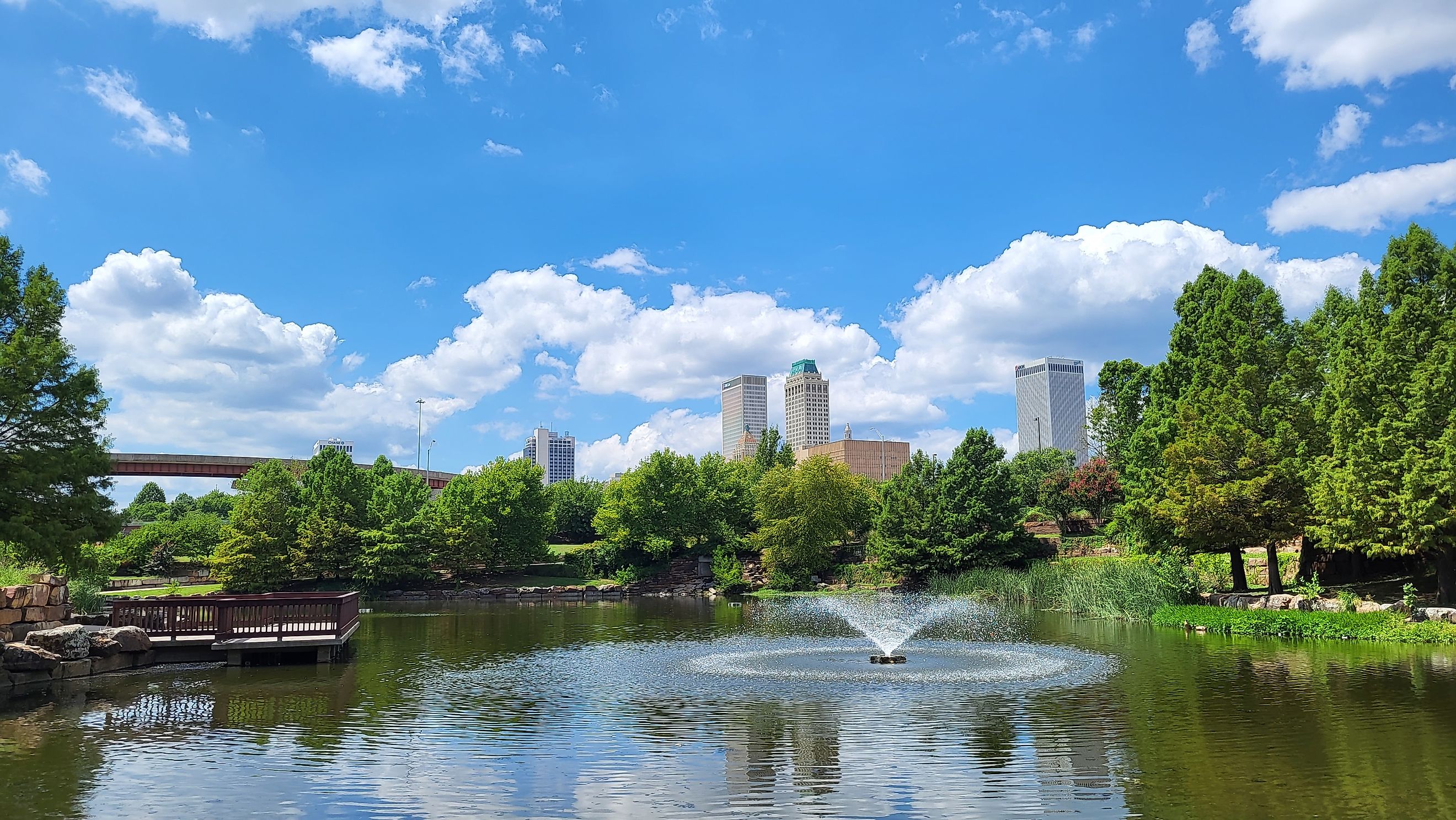
This Quiet Oklahoma City Is An Underrated Gem For Nature Lovers
Sitting at the foot of the Ozarks along the Arkansas River, Tulsa is often considered a gateway to Oklahoma’s "Green Country," a region abundant in lakes and rolling hills. Yet, within the city itself, there are so many ways to explore the area’s natural beauty. Hundreds of animal species call the area home, and certain spots in the city feel more like a rugged, remote terrain than a sprawling city center. While Tulsa often flies under the radar when it comes to nature-filled vacation destinations, it should definitely be on your radar for your travels this year. Why? Because this quiet Oklahoma city is an underrated gem for nature lovers.
Tulsa Parks

With 135 parks and trails within the Tulsa city limits, travelers are never far from a green space. One of the most impressive parks in the city, Mohawk Park, spans 3,300 acres, making it the largest in Tulsa and one of the largest urban parks in the United States. Created in 1924, this park has been a cherished recreational destination for over a century. Within the park, some of the attractions include the Oxley Nature Center, the Mohawk Park Golf Course, the Tulsa Zoo, a 36-hole disc golf course, equestrian trails, and a polo field.
Near the heart of the city, travelers can explore Veterans Park or Woodward Park and Gardens, the latter of which is one of Tulsa's most historic and well-preserved parks. Listed on the National Register of Historic Places, it dates back to the early 20th century and is home to The Mansion at Woodward Park, an Italian Renaissance-style villa built in 1919. The park also features the Tulsa Garden Center, established in 1954, and the Upper and Lower Rock Gardens, created in the 1930s.
Tulsa Botanic Garden
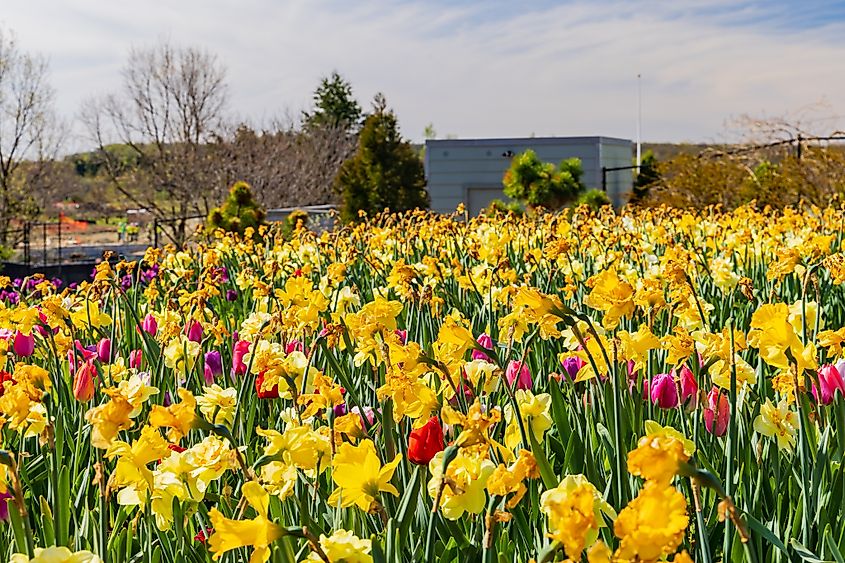
West of the Mohawk Park, travelers will find the Tulsa Botanic Garden, another must-visit green space. There are several spaces that compose the garden, including an arboretum, a children’s discovery garden, three acres of floral terraces, a nature trail, a lakeside promenade, and a lotus pool. The spring is the best time to visit the gardens, with there being over 200,000 flower bulbs in bloom. Keep an eye out for handcrafted art throughout the garden. Metal sculptures, oak carvings, and bronze statues are just a few of the pieces scattered across the different spaces.
Hiking & Walking Trails
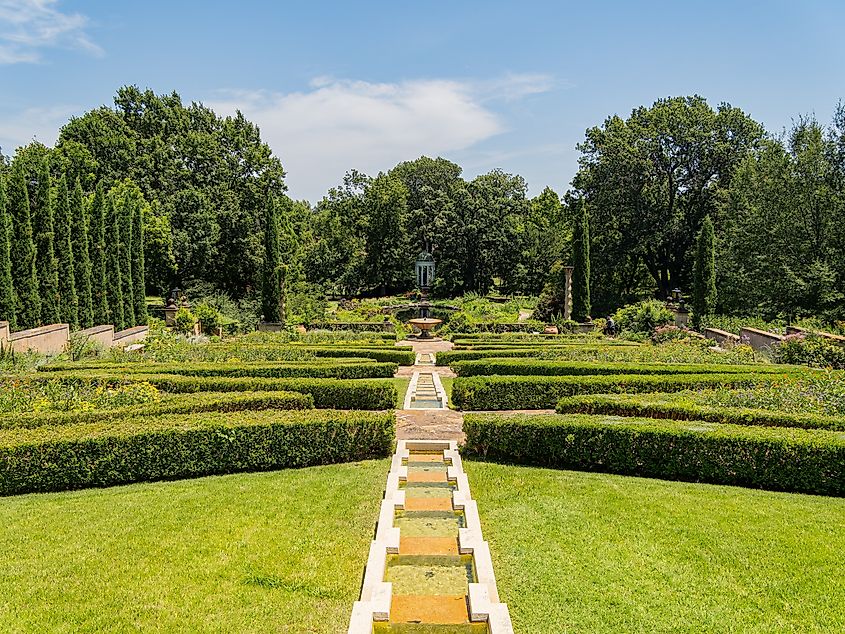
Some of the area's best hiking trails are right within the city limits. In a short drive from Tulsa’s downtown, visitors can reach Turkey Mountain, a beloved urban wilderness area that covers several hundreds of acres. Despite its location within the city, its dense tree canopy often makes visitors feel as if they were in a remote and secluded area. Miles of trails wind through forests, past ponds, and around ancient boulders, making it one of the most popular spots in the city for hiking, trail running, and mountain biking.
While in Tulsa, travelers should not miss the chance to run or walk along the banks of the Arkansas River. The River Parks trail network is a great way to do so, with 26 miles of asphalt trails stretching along the riverfront. In addition to allowing walkers to appreciate the river, this trail network connects numerous parks and green spaces together, including Zeigler Park, Newblock Park, Maple Park, and Helmerich Park, making it a great way to see different points in the city. There are also several restrooms, playgrounds, splash pads, and disc golf areas along the trail.
Water-Based Recreation

One of the best ways to get out on the water in Tulsa is at the Gathering Place, a large riverfront park with free admission. During the summer, visitors can check out a canoe or pedal boat from the park’s boathouse at no cost and paddle along Peggy’s Pond, a calm water path that holds over six million gallons of water. On the uppermost level of the boathouse, meanwhile, visitors can enjoy beautiful views of downtown Tulsa and the Arkansas River from the Overlook Deck.
On particularly hot days, consider visiting Paradise Beach Waterpark, which is just a 10-minute drive from downtown Tulsa. Opening on Memorial Day weekend, the park offers a lazy river, a wave pool, and waterslides to cool off. Visitors can also rent a cabana to have a relaxing and shady place to escape the heat. The park offers a variety of food options, including burgers, fries, and cotton candy for a quick refuel.
Wildlife & Birdwatching
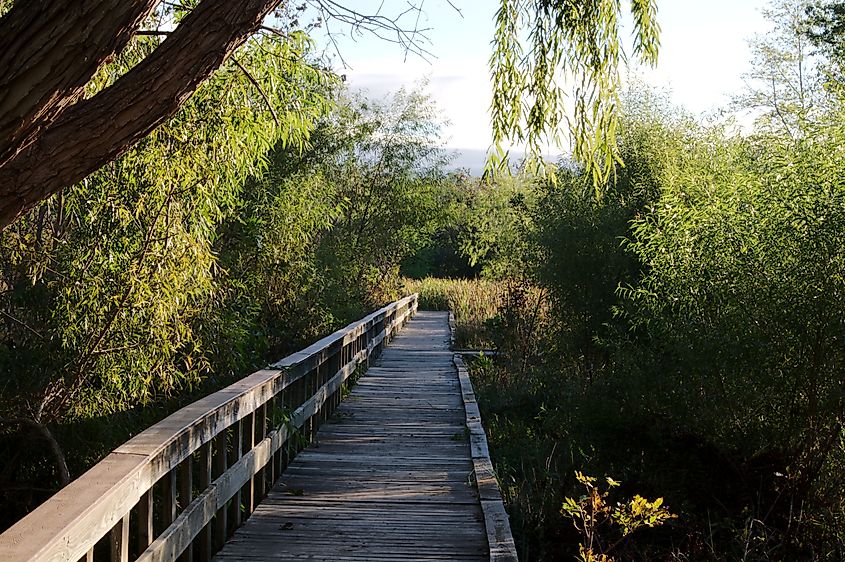
Returning to Mohawk Park, the Oxley Nature Center is home to over 200 bird species, 50 types of butterflies, and various other wildlife species. The center features a floodplain forest with giant sycamores, cottonwoods, pecans, oaks, and hackberry trees, along with other ecosystems like prairies, hay meadows, and wetlands. Red-eared pond sliders and other aquatic turtles are common, as are non-venomous water snakes. Visitors may also see less common mammals like bobcats, minks, flying squirrels, coyotes, skunks, deer, raccoons, and beavers. In recent years, otters have moved into the riverways as well.
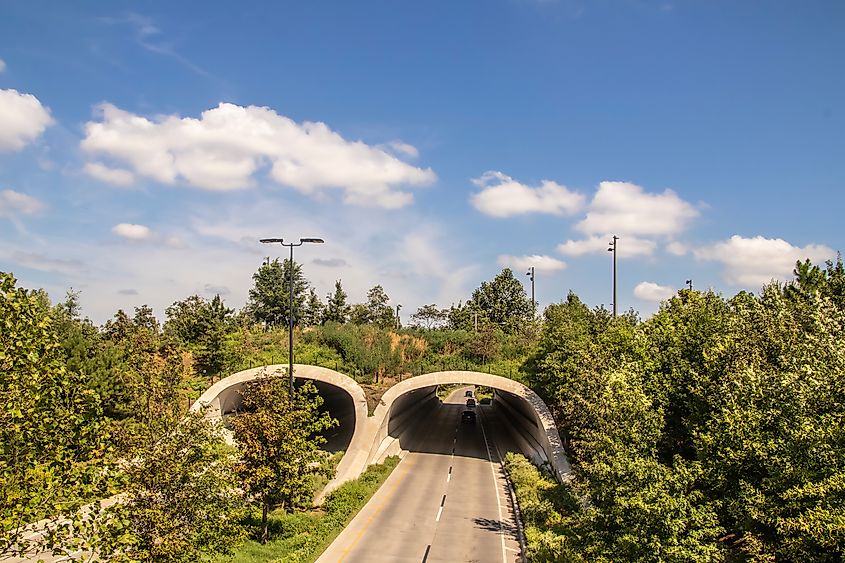
Travelers looking to see more wildlife and willing to take a longer drive should consider adding the Deep Fork National Wildlife Refuge to their itinerary. Located about 50 minutes south of Tulsa, this refuge plays a crucial role in preserving Oklahoma’s shrinking bottomland hardwood forest. Forested wetlands compose roughly 85% of the refuge, where most wildlife species reside year-round. Up to 149 bird species have been documented to live along the area’s streams and sloughs, some of the highlights including little blue herons, great blue herons, great egrets, and snowy egrets. Prothonotary warblers and painted buntings are frequent sightings in the summer. In addition to the diverse bird species, other wildlife to keep your eye out for include beavers, gray and fox squirrels, eastern cottontails, alligator snapping turtles, and bullfrogs.
Final Thoughts
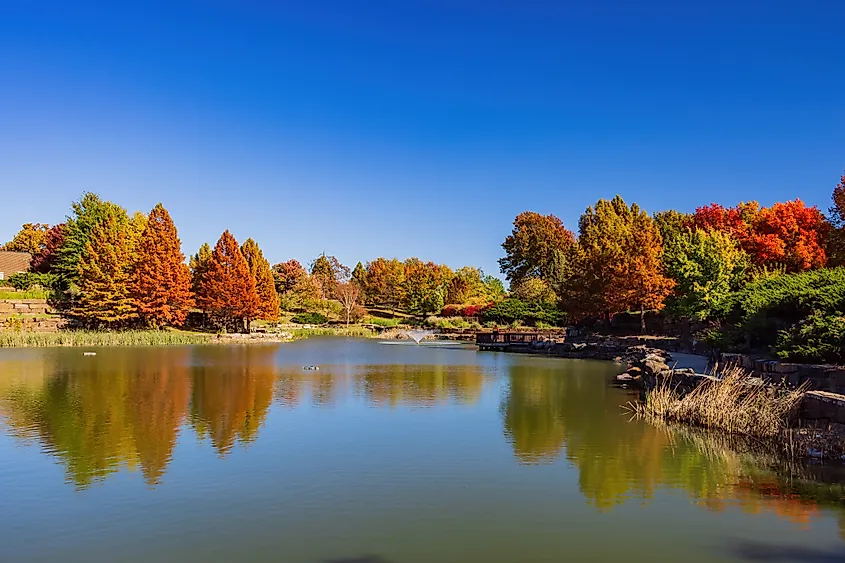
Travelers who enjoy exploring the outdoors without the crowds will find plenty to love in Tulsa — and will find out pretty quickly why this quiet Oklahoma city is an underrated gem for nature lovers. Not only is it home to a 3,300-acre urban park, but it is also the perfect habitat for hundreds of bird, mammal, and reptile species. Those willing to drive a bit farther will also find gems like the Deep Fork National Wildlife Refuge. So skip the crowds this year and check out what is in store in Tulsa.

